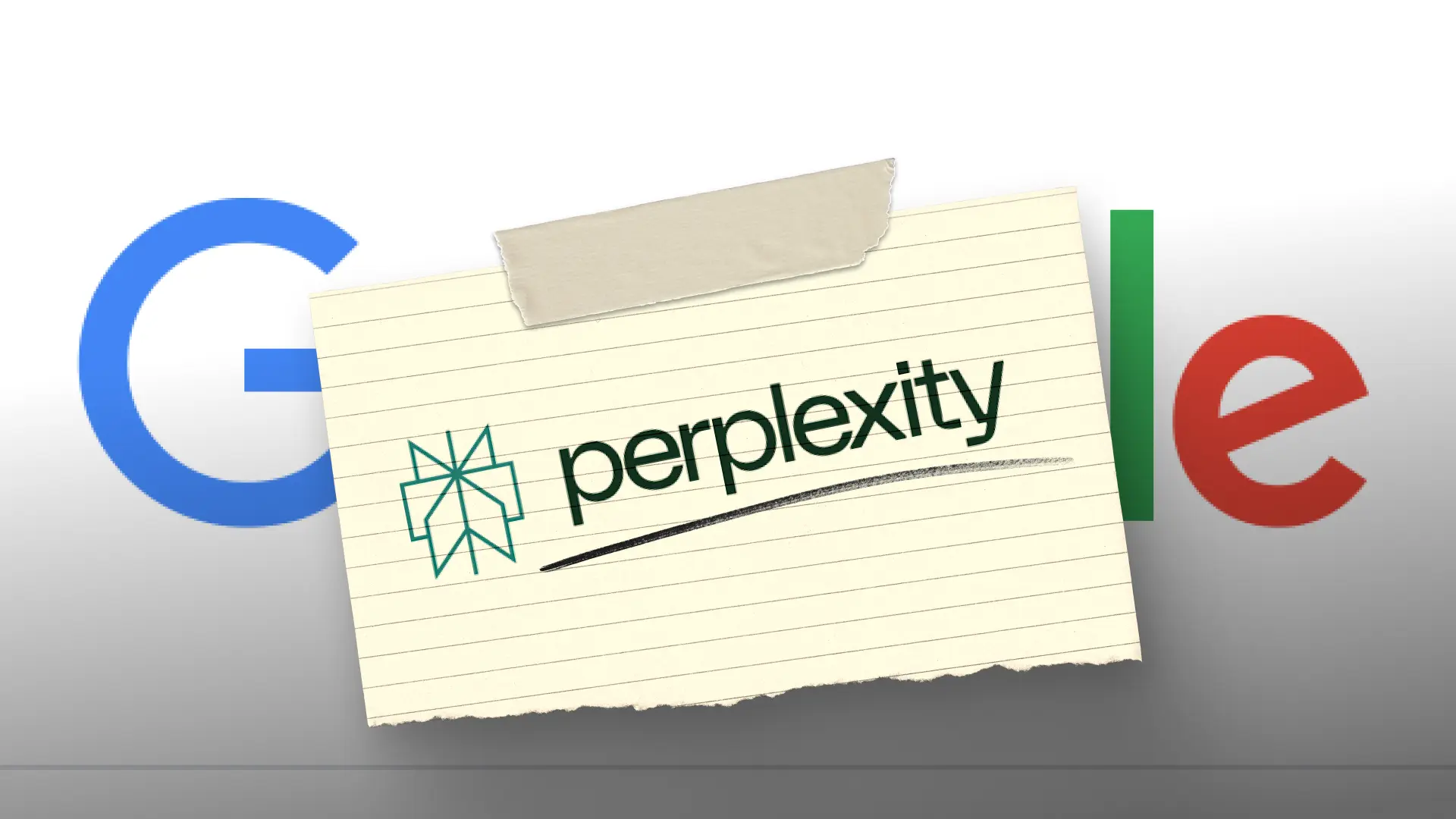When ChatGPT was revealed in the fall of 2022, it was the culmination of years of progress. As the first full-fledged, publicly available AI chatbot, it represented a fundamental change from the “chatbots” of the past, which were little more than large logic-based decision trees. It could truly understand a user's question and intent and respond with a (usually) answer.
Since then, the tech world has been obsessed with generative AI technology. The hundreds, if not thousands, of GPT wrapper apps that emerged and then died, represent how we are still in the early days of the space and how the rapid speed of technological development will make and break businesses overnight.
That said, a few key trends are enduring this turbulent ride.
First, companies as large as Microsoft, Apple, and Google and as small as tiny start-ups from the latest YC batch are looking for useful, differentiated ways to apply gen AI.
Second, they seem to be pursuing two distinct camps
- User-facing AI agents and assistants that use generative conversational AI
- AI-powered machine learning to improve business operations, analysis, and decision-making
The first camp has gotten the most public attention. Microsoft released their Copilot across their suite of products. GitHub Copilot helps you code. Construction tech start-ups promise that their AI agents will help project managers optimize construction sites by answering questions much more quickly than by combing through a hundred PDFs.
One of the areas gathering the most excitement for the application of generative AI tech is in customer service.
Why?
It feels like generative AI was almost purpose-built for customer service.
It can be trained on a specific set of information.
It is fast, can learn from its mistakes, and can expand.
It doesn’t get tired, doesn’t require managerial effort, and can run 24/7 at a much lower cost than a group of support agents.
It’s the dream support agent.
That doesn’t mean things have been smooth sailing. Users and companies have reported issues with the AI support agents hallucinating fake pricing, giving offensive answers, or even promising a truck for free to one games-y user.

But overall, sentiment has been pretty positive around the capacity of generative AI tooling to help solve customer service problems, reduce ticket times, deflect tickets, and generally improve the experience for both users and companies.
Why is this so important?
Let's talk about the existing state of play in the customer service space.
Existing solutions
Before generative AI came out, you had three main conduits for support: talking to an agent over chat or the phone, filing a ticket, or self-service. Each of these had its advantages and disadvantages.
Talking to an agent was often the fastest way to get a detailed answer, but sometimes, you had to wait to talk to the agent.
Filing a ticket is organized and more structured for the user and company but often slow.
A self-service route only works when the company has built an easily navigable knowledge base with smart search and easy-to-understand explanations.
It's easy to see how this existing state of play leaves a lot to be desired.
Nobody likes waiting days for a response from a random support agent, particularly for a timely issue that requires more back-and-forth.
Companies get frustrated by the reality of the Pareto Principle, which states that 20% of the same kind of issues drive 80% or more of the tickets.
Generative AI lasts for a better experience for all of these folks.
How so?
Applying generative AI to CS
There are three main categories of generative AI applications to customer service:
- Agent assistance and empowerment
- Agent replacement
- User-facing
First, there’s a suite of applications for generative AI to help existing supporting agents operate faster.
Agent assistance
It's not time to fire all of your agents. Rather, it's time to empower them with better tools.
For example, generative AI can do a great job summarizing, contextualizing, and offering insight into your interactions from the day, the week, and the month. This way, agents can better understand how they're solving or not solving a user's issues, and it's also easier for management to see where different agents shine or struggle. Think of this as a note-taker and feedback giver but for customer support agents,
Another powerful way that generative AI can help agencies with their preparation is by suggesting specific courses of action or drawing upon the manual or handbook for handling that kind of situation to offer support. Instead of getting a static brief with just a description of the issue and maybe some user demographic information, the AI can suggest specific courses of action.
Some companies have also instituted an internal chatbot, which agents can use to query the knowledge base. For example, let's say a user is complaining about new feature X, and the agent is 100% sure of the answer from their training. They can ask the internal chatbot about feature X, and because the chatbot has been trained against all of the help documentation and knowledge base, it can give the agent some suggestions and pointers.
It's also possible to do sentiment analysis, where you can pull all of your data and then give your agents a sense of how different user groups feel and how different issues manifest different emotions. For example, it might help you identify an emerging trend of issues related to a new product launch, and then you can get ahead of it from there.
Replacing agents
We're starting to get into controversial waters, but the reality is that many companies are beginning to reduce their customer support agent workforce, or at least considering doing so. That's because as the generative AI models have improved, they've begun to approach or even surpass the quality and speed of a human agent. Plus, they do all the work at a much lower cost.
This comes to fruition mainly with superpowered chatbots that can answer questions quickly. We'll talk more about these later, but I want you to remember that these can be used instead of support agents. They are best applied currently as a first point of contact, but not the only point of contact. There will continue to be a place for human support agents to handle more complex cases.
That said, the development next mentioned also put more jobs at risk
Voice agents
One emerging space where generative AI technology is combined with speech tech is AI voice agents. One example is Bland AI.
They state, “Bland is a platform for AI phone calling. Using our API, you can easily send or receive phone calls with a programmable voice agent. They recently ran a billboard campaign, and a YouTuber called in — check it out:
You can instantly see how clear, fast, and natural the language sounds. This is a far cry from the repetitive and monotonous pre-recordings we were all used to on customer service lines.
Consider that this wave of AI development is only a year or two into its current phase — just imagine where we will be in a couple of years!
This represents a trend toward replacing human agents rather than augmenting them.
User-facing AI support agents
My favorite use of generative AI in CS is building smarter, better, and faster AI support agents that can handle most customer needs.
Unlike the logic tree and decision matrix chatbots of the 2010s, which were fairly static, new AI chatbots can take in more context and intent and offer users more helpful feedback. Sure, some edge cases will likely give them trouble and require a human agent. But it's a long way from those chatbots in the early 2010s that only allowed you to click through certain paths.
What I'm most excited about is going beyond the basic chatbot and towards more of a real AI support agent in the product. Now at this time, this agent isn't going to replace everything that a human can do fully, but it's getting damn close. The Copilot we've built can ingest all of your knowledge base, help center documentation, and more, and then can answer users’ questions quickly and accurately at a high success rate.
Go beyond the bottom right
It's important to remember that even the best AI Copilot is not just for answering questions in the bottom right. We've built it so that it integrates with your product seamlessly and can go beyond question and response.
Why is this important?
Let me paint a picture:
Imagine that you have an AI chatbot that can answer questions and connect people to human agents. It can also suggest articles for the user to read.
This is great, and I won't lie — it could maybe solve the most common problems.
But that doesn't mean that it's the best way to solve those problems or that it can handle the edge cases.
Sometimes, it might make more sense to direct the user to a specific area of the screen or to give them a multi-step product tour that shows exactly what they're asking about.
We’ve seen our customers enjoy incorporating Coilot’s chat features with nudges, product tours, tooltips, and more. Launching a walk-through and explaining things and steps instead of directing someone toward a wall of text or an article is a big Improvement.
It’s unclear which models or companies will come to dominate generative AI tooling for customer service applications for SaaS products, but one thing is clear: the best solutions will be fast, affordable, and offer solutions across the entire products, not just in the chat box, AND will offer more insight and data to internal teams.
















